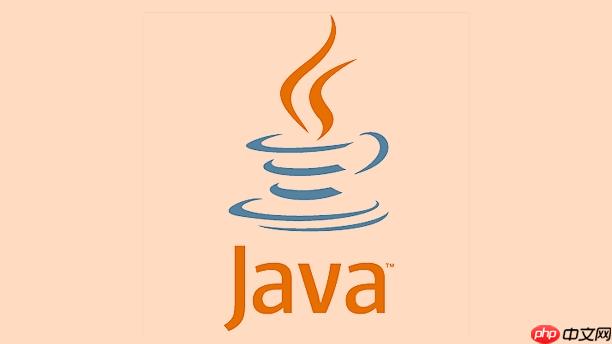
在Java中,异常捕获是通过 try-catch-finally 语句结构实现的,用于处理程序运行时可能出现的错误,防止程序意外终止。掌握基本语法是编写健壮代码的重要一步。
使用 try 块包裹可能抛出异常的代码,catch 块用于捕获并处理特定类型的异常。
示例:try {
int result = 10 / 0;
} catch (ArithmeticException e) {
System.out.println("发生算术异常:" + e.getMessage());
}上面代码中,除以零会触发 ArithmeticException,被对应的 catch 块捕获并处理。
一个 try 块可以对应多个 catch 块,分别处理不同类型的异常。从 Java 7 开始还支持在同一个 catch 中捕获多种异常(用 | 分隔)。
立即学习“Java免费学习笔记(深入)”;
示例:try {
int[] arr = new int[5];
arr[10] = 1;
Object obj = "hello";
Integer num = (Integer) obj;
} catch (ArrayIndexOutOfBoundsException e) {
System.out.println("数组越界:" + e.getMessage());
} catch (ClassCastException e) {
System.out.println("类型转换异常:" + e.getMessage());
}finally 块中的代码无论是否发生异常都会执行,常用于释放资源,如关闭文件、数据库连接等。
示例:FileReader file = null;
try {
file = new FileReader("data.txt");
} catch (FileNotFoundException e) {
System.out.println("文件未找到");
} finally {
if (file != null) {
try {
file.close();
} catch (IOException e) {
System.out.println("关闭文件失败");
}
}
}即使发生异常,finally 中的资源清理代码仍会被执行。
Java 7 引入了 try-with-resources 语法,适用于实现了 AutoCloseable 接口的资源,可自动关闭资源,无需显式写 finally。
示例:try (FileReader file = new FileReader("data.txt");
BufferedReader reader = new BufferedReader(file)) {
String line = reader.readLine();
System.out.println(line);
} catch (IOException e) {
System.out.println("读取文件出错:" + e.getMessage());
}这里的 FileReader 和 BufferedReader 会在 try 块结束时自动关闭。
基本上就这些。掌握 try-catch-finally 和 try-with-resources,就能有效应对大多数异常场景。关键是根据异常类型合理分类处理,同时确保资源正确释放。不复杂但容易忽略细节。
以上就是Java中异常捕获语法基础的详细内容,更多请关注php中文网其它相关文章!

每个人都需要一台速度更快、更稳定的 PC。随着时间的推移,垃圾文件、旧注册表数据和不必要的后台进程会占用资源并降低性能。幸运的是,许多工具可以让 Windows 保持平稳运行。

Copyright 2014-2025 https://www.php.cn/ All Rights Reserved | php.cn | 湘ICP备2023035733号